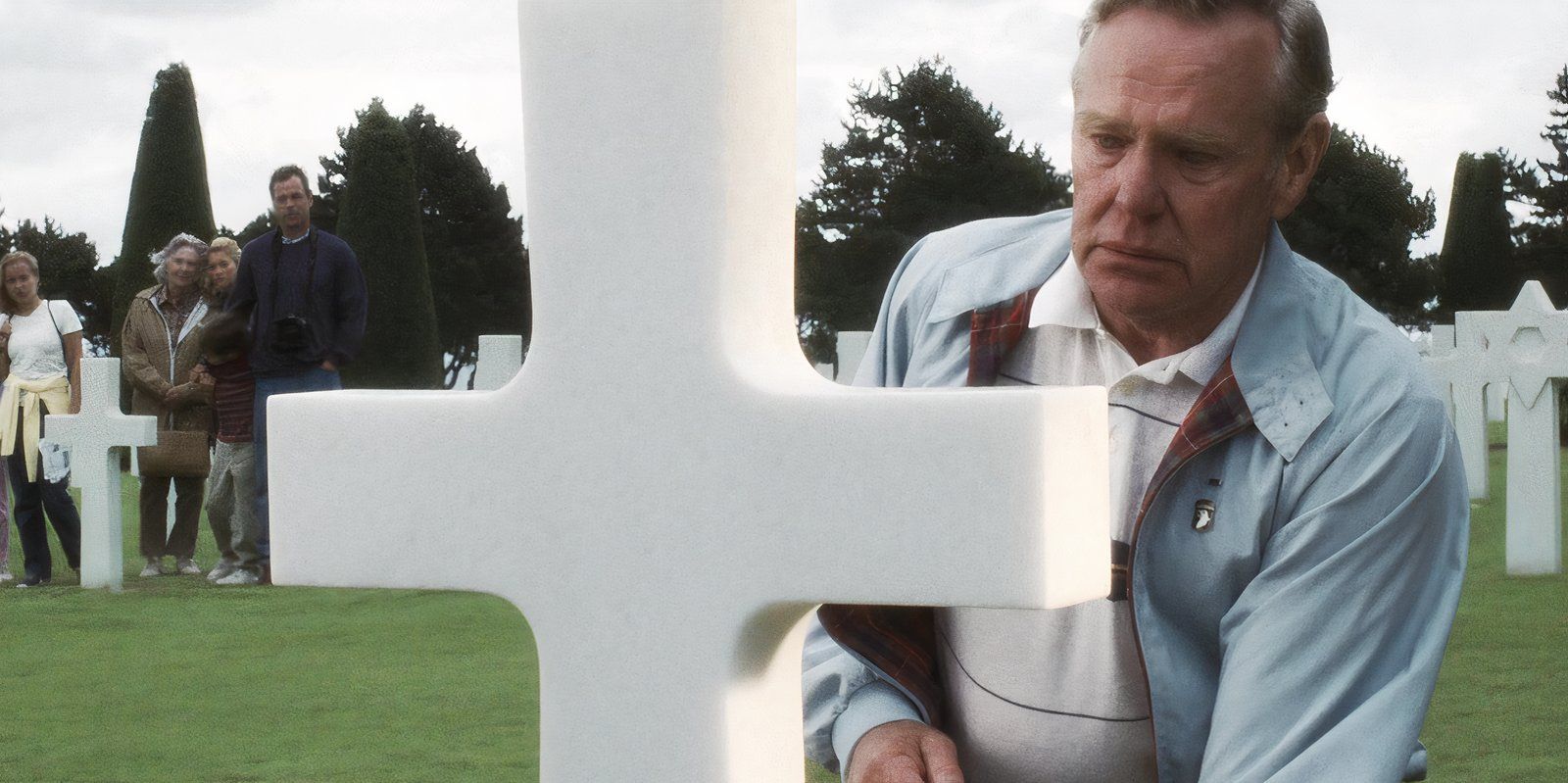
In a video with Insider, McManus explains that while Upham’s lack of action is heavily criticized, it is an accurate representation of how many individuals act during war. Check out the video below:
McManus expresses how glad he is that the scene was included in Saving Private Ryan, given that many individuals in war cannot handle the extreme trauma and stress of it, along with addressing the PTSD that comes with living through such horrific events. Read the rest of McManus’ breakdown of the scene below:
We see Upham lurking on the stairwell, and I’ll tell you, when my students evaluate this movie, and write reviews of it, this is always the thing that fires them up the most, like, “Oh, that coward, why wouldn’t he have done this?” But I’m so glad that the filmmakers did this.
This was true for many, many other Americans, or people on all sides of World War II, actually. Sometimes, they just weren’t up for it, and so you see this face-to-face encounter, and you see that sometimes in modern war. And what I’ve always thought when watching this clip, especially, is the PTSD element of it. He’s going to have to live with that the rest of his life, thinking about whether he could have saved Mellish.
I am going to give this one a 10.
The Upham Scene Is Part Of Why Saving Private Ryan Is An Unparalleled War Movie
It Reveals An Important Truth










Saving Private Ryan is regarded as one of the all-time best war movies because of how it honestly depicts the brutality of war from the beginning when the American troops storm the beaches of Normandy to the very end of the story. While the unflinching portrayal of bloodshed and carnage is an important part of this depiction, the scene with Upham cowering on the stairs is equally important. Another harsh reality of war is that most people are not equipped for it, and that heroism and survival are often not compatible.
The effects of war go far beyond the fighting and can last a lifetime, something Saving Private Ryan further demonstrates when the titular character goes to visit the grave of John Miller (Tom Hanks) many years after World War II, speaking of how he hoped he earned his comrades’ sacrifices.
Upham did not have combat experience, and it was because of his skills as a French and German interpreter that he was part of the mission to save Private James Francis Ryan (Matt Damon). Given Upham’s background, he understandably struggled to navigate the horrors of war. He was an interpreter, and not a trained soldier, with McManus emphasizing that while it is easy to dismiss him as a coward, he acted how many understandably did during World War II and in countless other wars as well.
For those who are able to survive war as Upham does, they are still left with trauma, as McManus mentioned. The effects of war go far beyond the fighting and can last a lifetime, something Saving Private Ryan further demonstrates when the titular character goes to visit the grave of John Miller (Tom Hanks) many years after World War II, speaking of how he hoped he earned his comrades’ sacrifices. These elements make Upham’s scene in the stairwell just as vital as Saving Private Ryan‘s opening scene on the beaches of Normandy.




